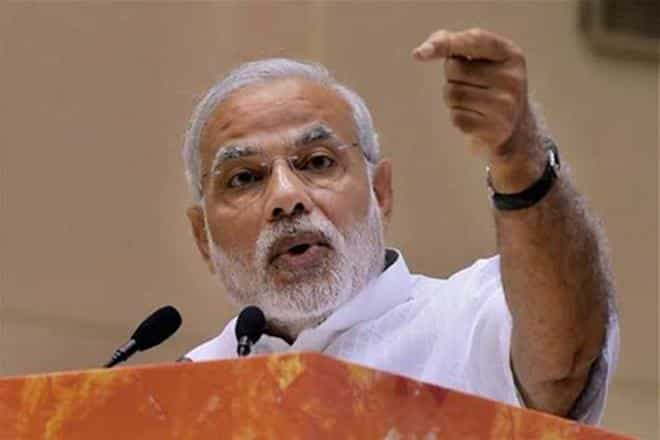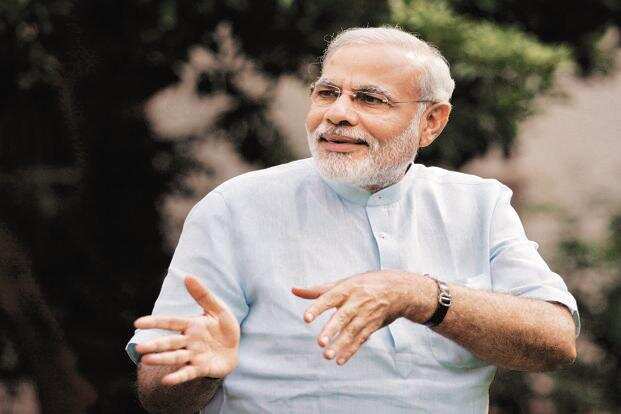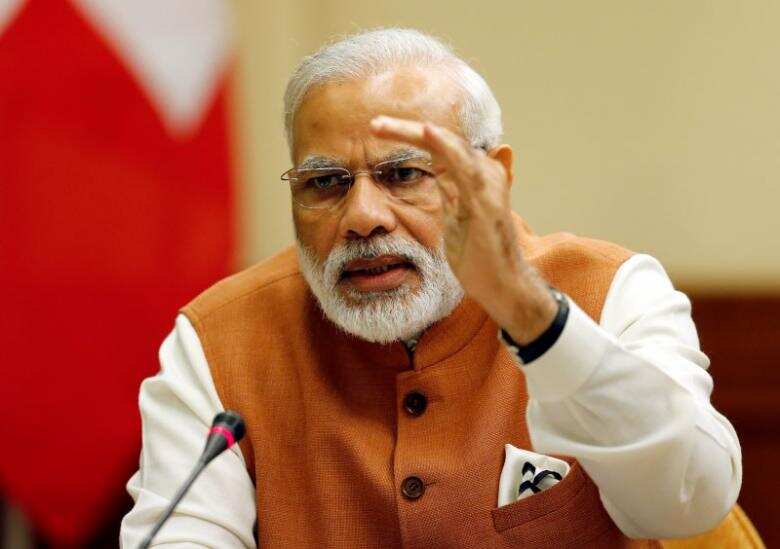4 years of Narendra Modi govt: 5 transformational reforms you must know about
4 years of Narendra Modi govt: From the day the new NDA government came to power in 2014 by unseating the UPA government, both foreign and Indian experts have been calling for big bang reforms. This was was snubbed by PM Modi government, which chose a more safe and sedate way of effecting changes on a massive scale. These moves were called by the government's votaries as being nothing short of big bang reforms even as the opposition insisted that this was short of what was promised. Here we take a look at the top 5 transformational changes effected in the 4 years of Narendra Modi government:

1. FDI: In the wake Indian government’s favourable policy regime, Foreign direct investment (FDI) inflows during April-December 2017 stood at $35.94 billion. The government has taken many initiatives in recent years such as relaxing FDI norms across sectors such as defence, PSU oil refineries, telecom, power exchanges, and stock exchanges, among others. The Make in India initiative, however, had minimal impact in attracting FDI for new projects in manufacturing. FDI inflows to India as a share of GDP have declined from around 2% in 2016 to 1.6% in 2017.

2. Ease of doing business: India jumped up 30 notches on the 'ease of doing business' index, and now ranks 100 globally as compared to previous year's 130, according to the global ease of doing business report. This has been achieved as the government reduced from 30% to 25% the corporate tax for the businesses with less than Rs 250 crore turnover. The move is also expected to reduce the burden of taxes on smaller businesses.

2. Ease of doing business: India jumped up 30 notches on the 'ease of doing business' index, and now ranks 100 globally as compared to previous year's 130, according to the global ease of doing business report. This has been achieved as the government reduced from 30% to 25% the corporate tax for the businesses with less than Rs 250 crore turnover. The move is also expected to reduce the burden of taxes on smaller businesses.

3. Manufacturing: Prime Minister Narendra Modi launched the ‘Make in India’ programme to place the country on the world map as a manufacturing hub. With his ongoing efforts, India is expected to become the fifth largest manufacturing country in the world by the end of year 2020. Commerce and Industries Minister Suresh Prabhu has repeatedly stated that India is expected to become a $5 trillion economy in the next 8-9 years with the manufacturing sector contributing 20 per cent to that.

4. GST rollout: Implementation of the Goods and Services Tax (GST) has been one of the boldest decisions of the Modi government towards reforming the country’s indirect tax system. Following the rolling out of the GST, India’s indirect taxpayer base has increased by more than 50 per cent, with 34 lakh new entrants, over and above the 64 lakh old registrants, according to the Economic Survey, 2018. The GST has also impacted the business environment in India, and with online GST registration within three days, about 40 lakh new traders have joined the new system.

4. GST rollout: Implementation of the Goods and Services Tax (GST) has been one of the boldest decisions of the Modi government towards reforming the country’s indirect tax system. Following the rolling out of the GST, India’s indirect taxpayer base has increased by more than 50 per cent, with 34 lakh new entrants, over and above the 64 lakh old registrants, according to the Economic Survey, 2018. The GST has also impacted the business environment in India, and with online GST registration within three days, about 40 lakh new traders have joined the new system.




